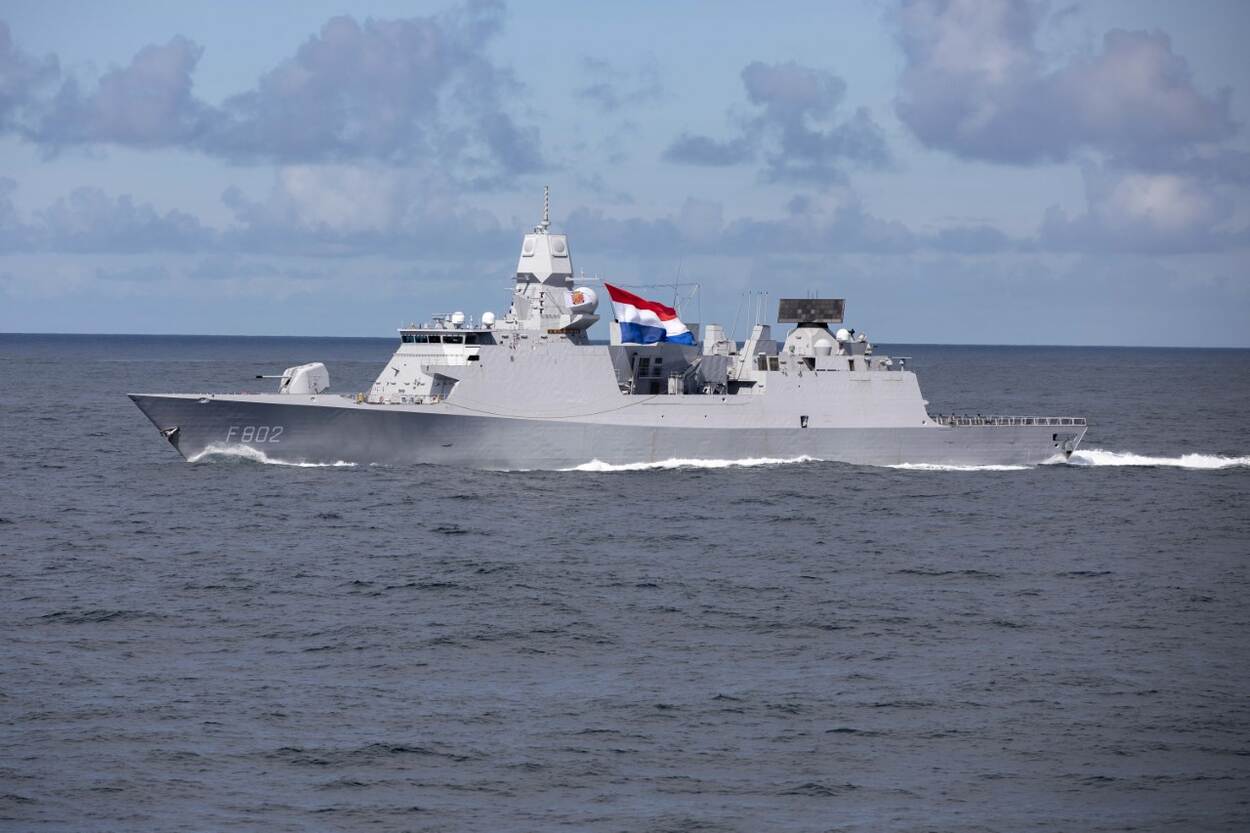First, let me be clear: When I said "Nothing unimpressive about any of these vessels", I meant "any" of these vessels, which includes the AOPS. I am quite impressed with what has been delivered in terms of ice capability, which is definitely not a mere "slush breaker".
Now, Suffolkowner, the answer is yes, the purchase of the Vikings did supplant the leasing of them, which was the original offer of Davie.
As to the designation lake/river icebreaker, it is not a term of art but merely a description that the Canadian Coast Guard uses to indicate the primary area where they are intended to operate. The great lakes do not (or extremely rarely) freeze up completely and the ice is usually found around the perimeters where it seldom gets as thick as a meter, so class 5 icebreakers are quite sufficient for the task. Those are the class 1100 multi-task vessels of the Coast Guard (and a few even smaller) and they are generally referred to as "light icebreakers". On the St-Lawrence River, in the Gulf and around Newfoundland, the Coast Guard usually employ class 4 icebreakers (the type 1200, and now the Vikings) and they are referred to as "medium icebreakers". They are however quite capable of operating in the Arctic, and in fact do so for the summer season when the River and gulf are clear of ice, with some type 1200 (Amundsen in particular) some times over-wintering in the Arctic as a fixed base stuck in ice for research purposes.
 katesteen.ca
katesteen.ca










